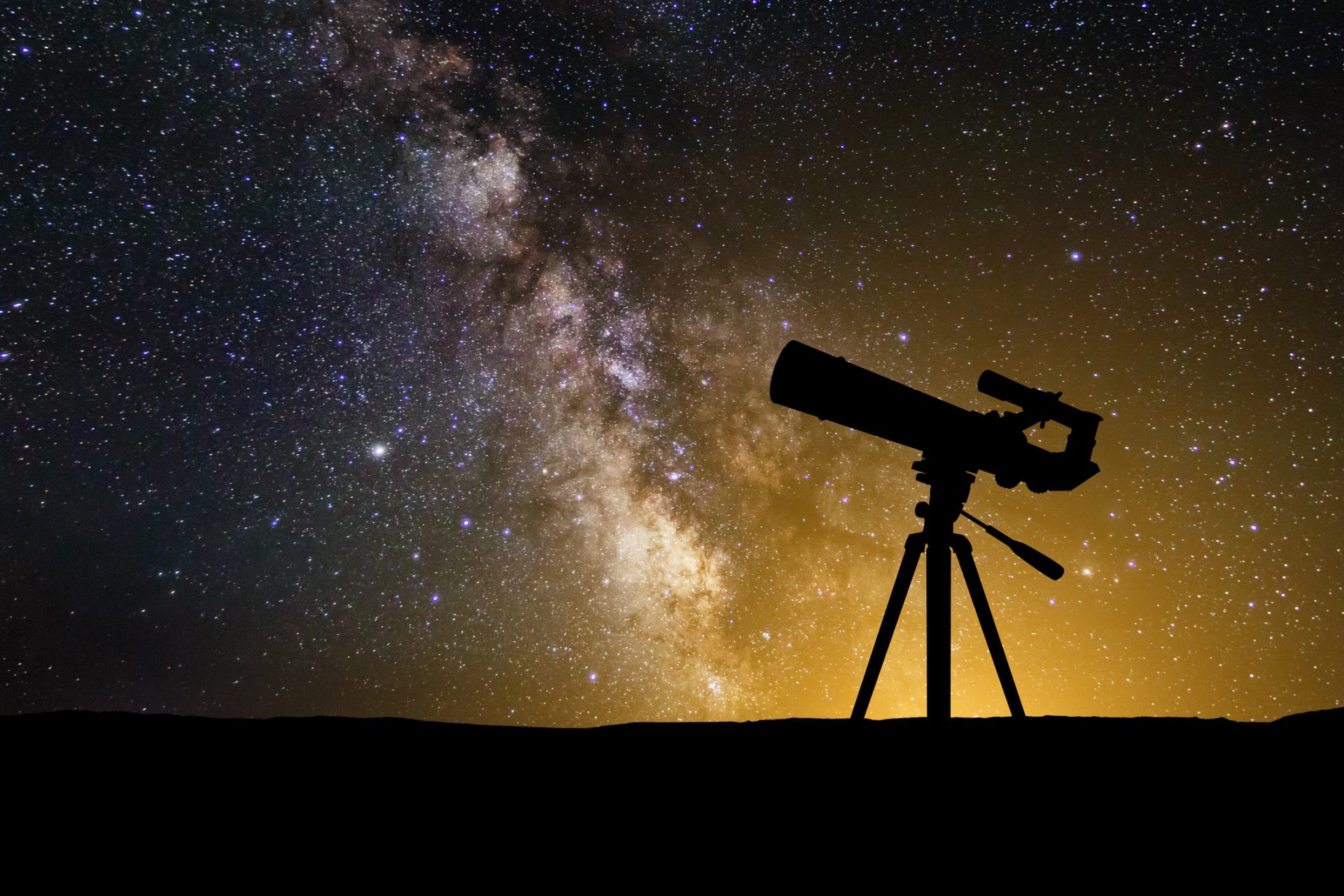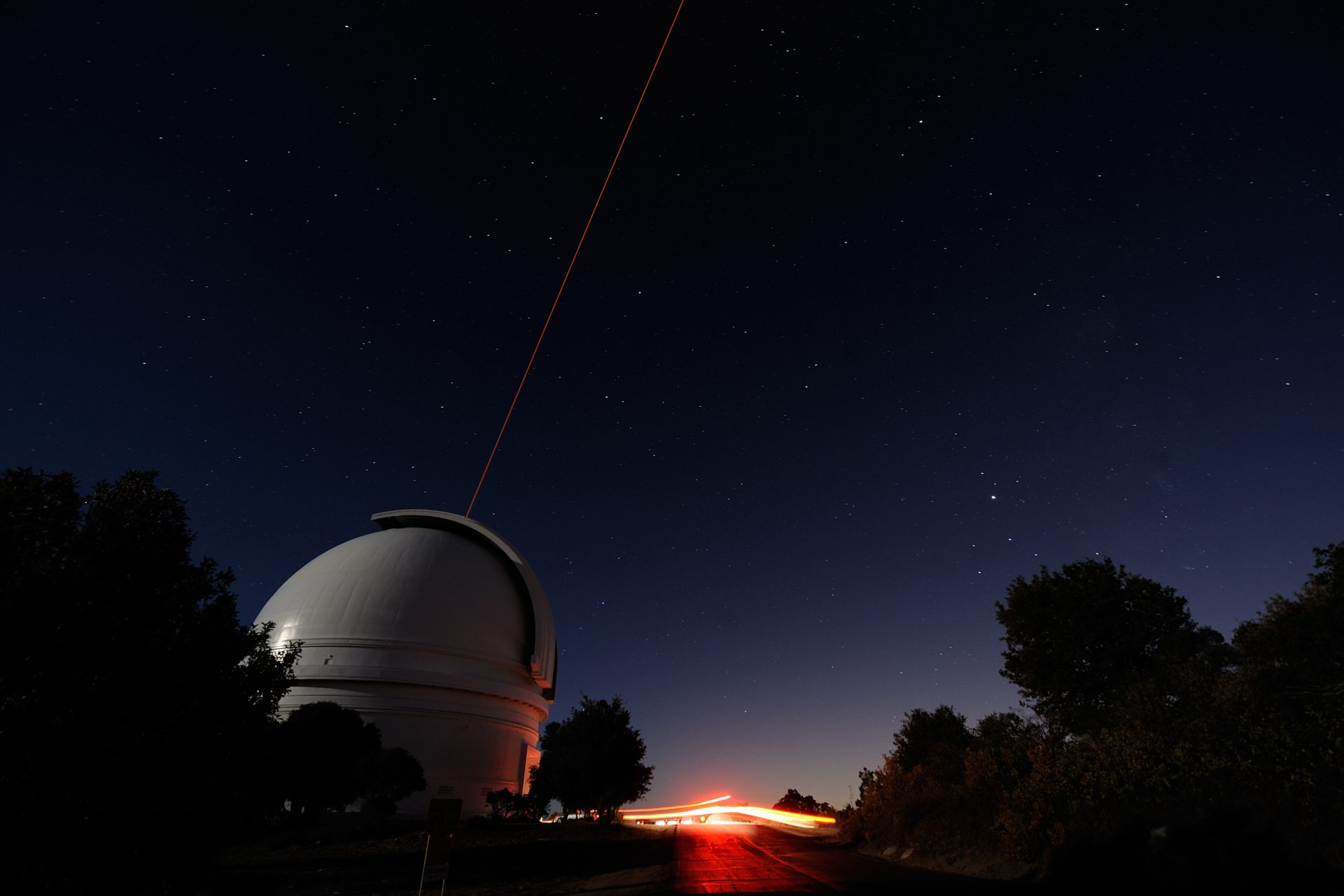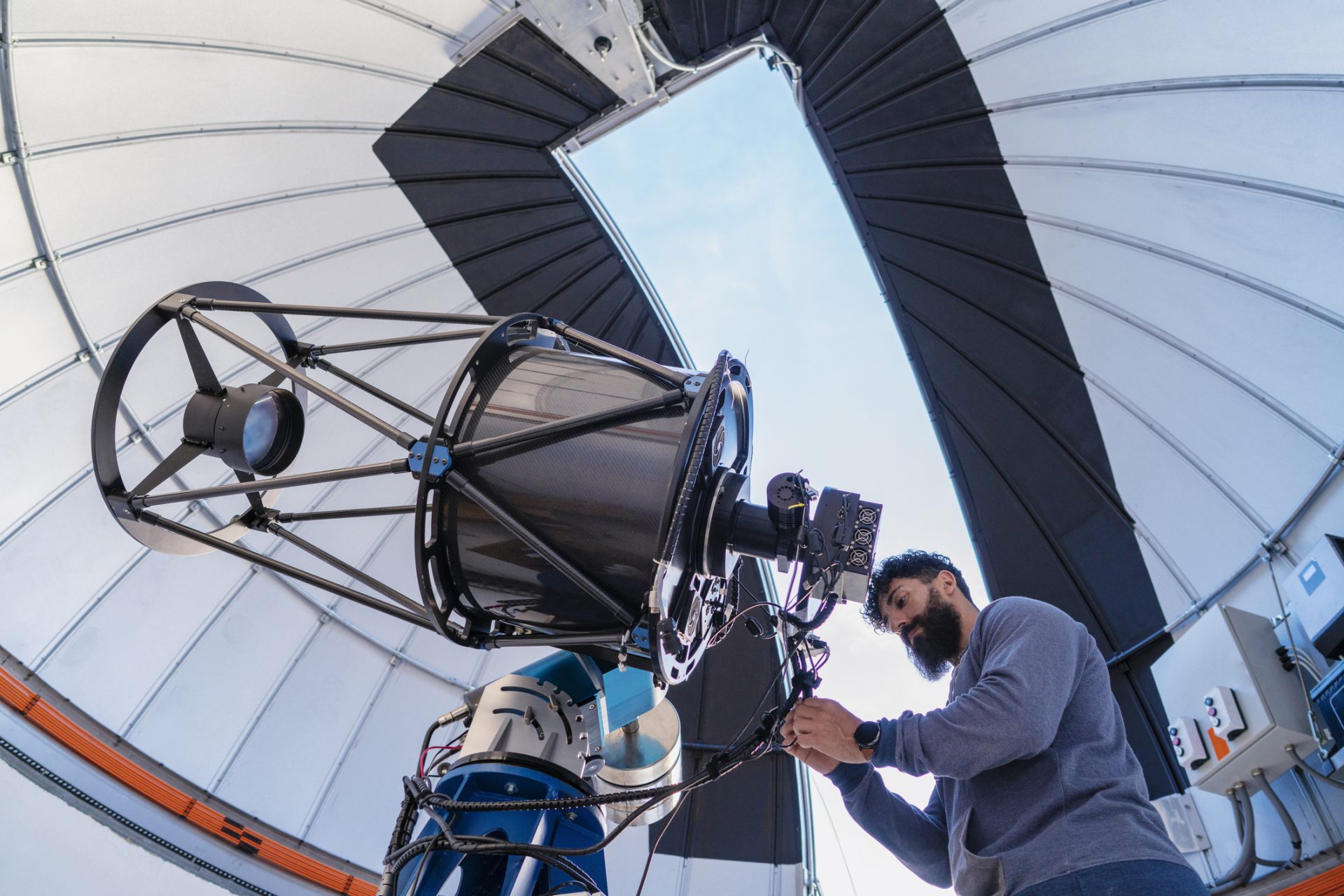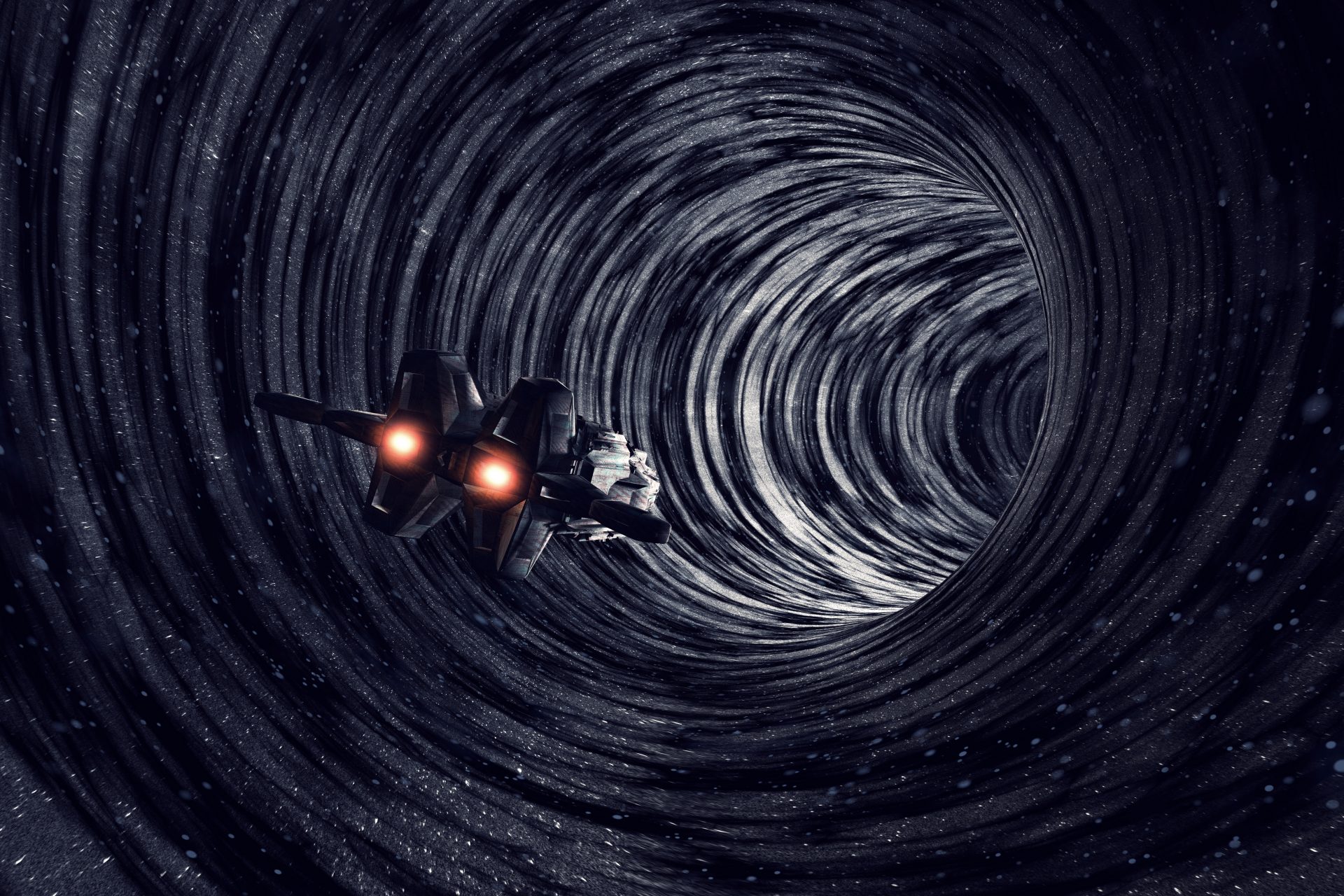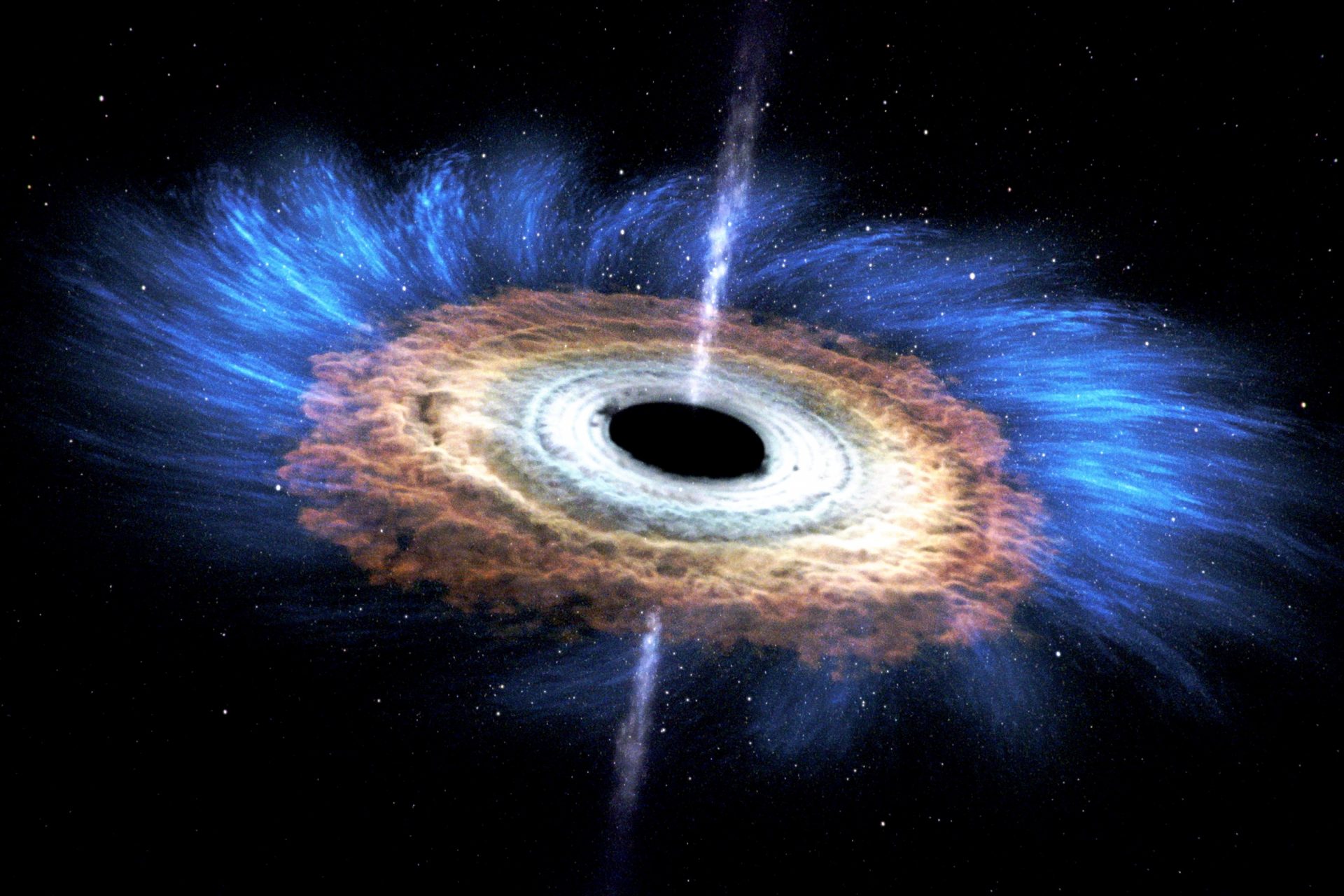Scientists can't explain this strange light from outer space
Since the dawn of civilization, humans gazed into the stars, trying to understand their relationship with the universe. However, despite centuries of progress, there are some things we can't find any explanation.
It’s no secret that space occupies most of the known universe. But the more we look at it, the more mysteries it unravels. This is one of them.
The Guardian writes on the case of a distant galaxy in the constellation of Virgo that was, for the most part, unremarkable until a mysterious luminosity dominated the quadrant in 2019.
According to the website Space, the Zwicky Transient Facility, a telescope located in California’s Palomar Mountains, alerted astronomers of the mysterious flare’s intensity 300 million light years from our planet.
The brightness dipped and peaked in a behavior scientists quoted by Space claim that it cannot be explained by any typical cosmic phenomena. This is quite unprecedented.
The Guardian explains that scientists now believe that are witnesses of the sudden awakening of a black hole.
The cosmic light show would be the product of a black hole in the middle of the galaxy, engulfing vast amounts of planets, stars, and other space material that surrounds it.
Space writes that there are several theories about the brightness, One of them is that that scientists believe that it might have been caused by an ill-fated star shredded by the mass-devouring black hole.
Another explanation, per The Guardian, is that the active galactic nucleus emits a broad spectrum of luminosity as the black hole’s temperature heats up and glows.
Image: NASA
This bright spectacle would occur, according to this theory, before falling forever into the cosmic abyss.
What is true is that this black hole has been described as being one million times more massive than our own sun.
Still, there are many things about space that we don’t know, but scientists will remain studying stellar spectacles like this, shedding some light into the mysteries of the universe.
More for you
Top Stories



